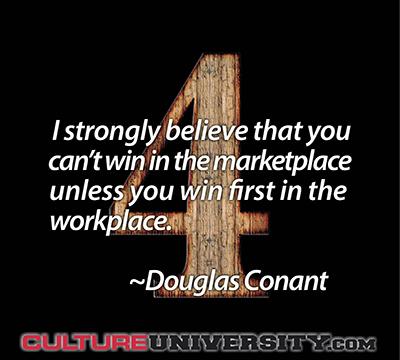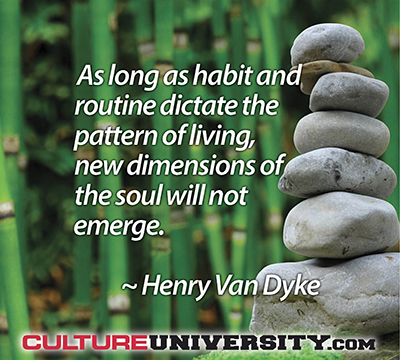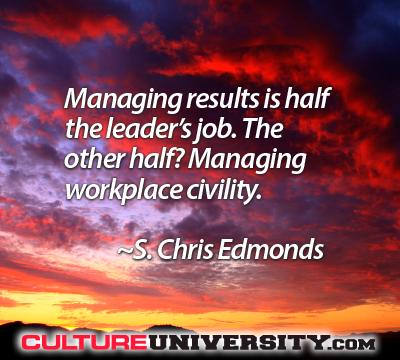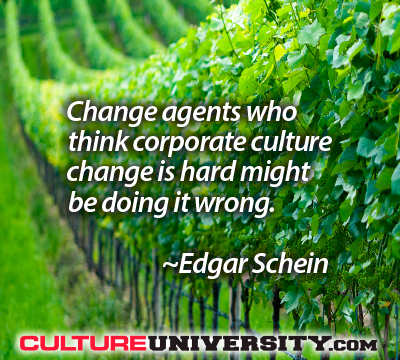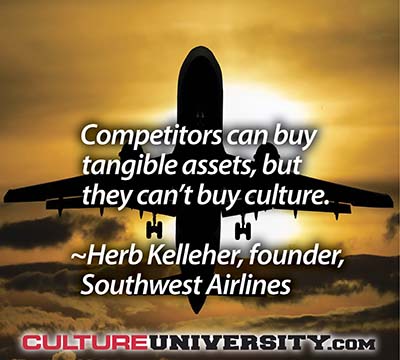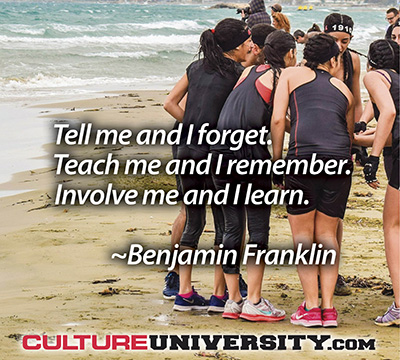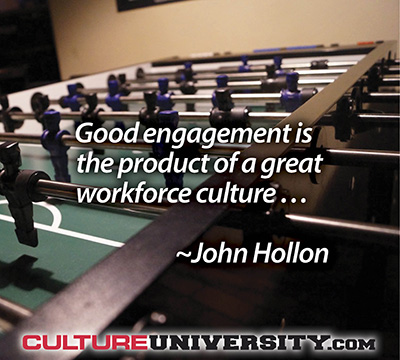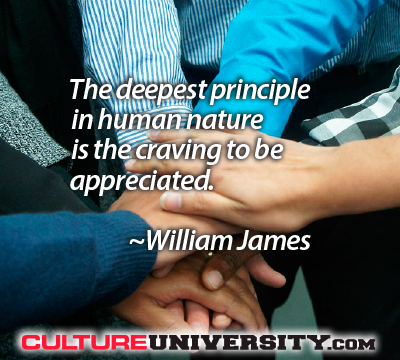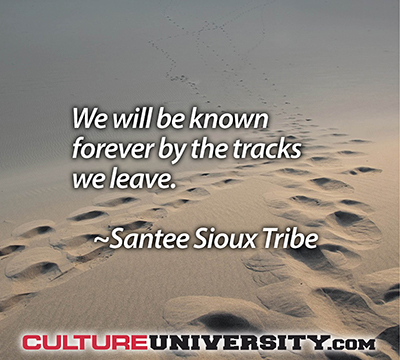Do you fully understand your culture and how it’s impacting performance? Are you managing a clear journey to effectively evolve your culture with a direct and sustainable impact on performance? There aren’t many leaders that can confidently answer “yes” to these two questions. We see culture tips and advice at every turn that range from superficial to endlessly complicated. If you are like me, it’s hard to understand what to believe.
It’s very important for leaders and change agents to learn from the culture pioneers and experts in this evolving field. Human Synergistics, therefore, convenes an annual Ultimate Culture Conference to bring visibility to important insights from culture trailblazers and progressive leaders.


